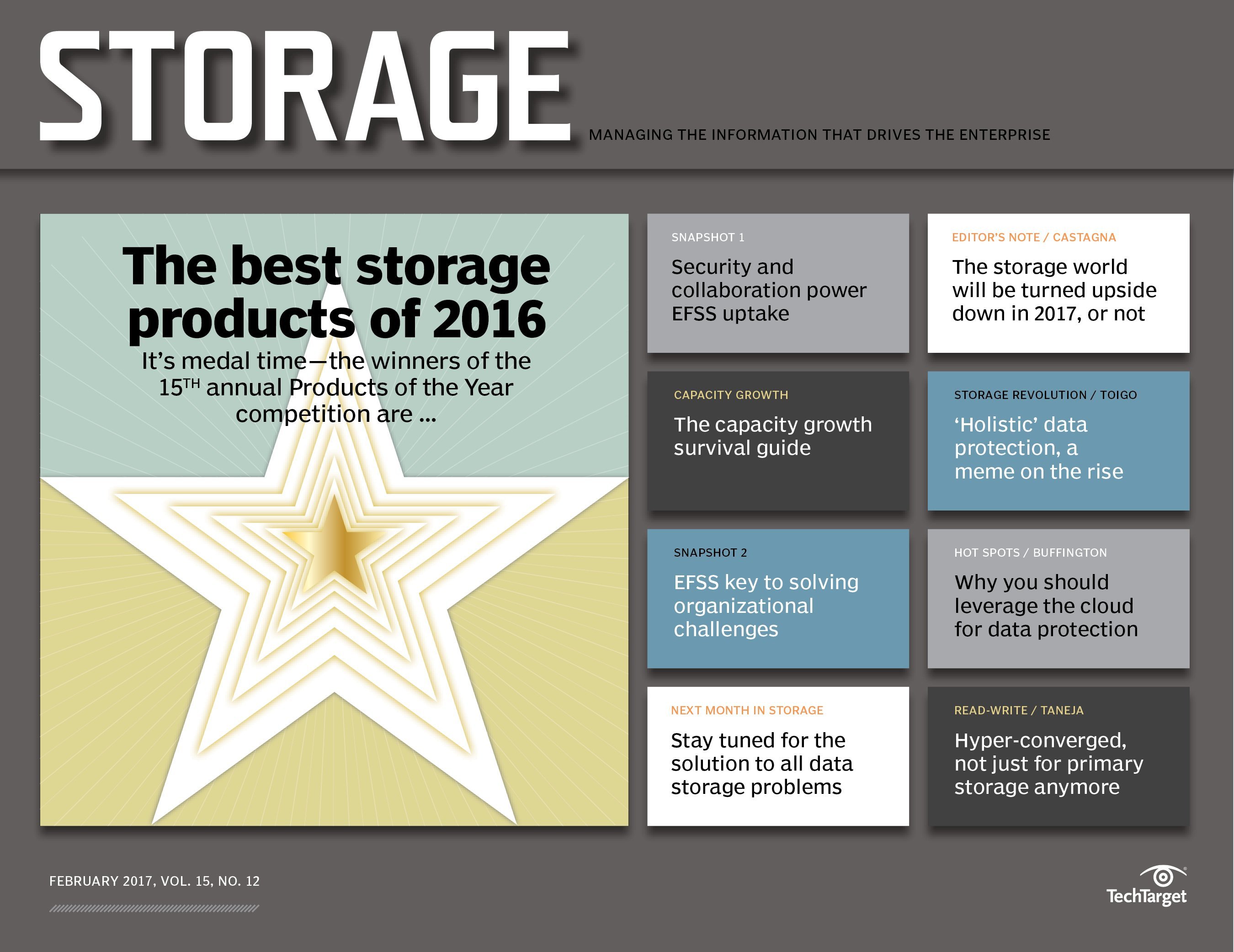PRO+ Premium Content/Storage
Access your Pro+ Content below.
The data storage capacity growth survival guide

This article is part of the Storage issue of February 2017, Vol. 15, No. 12
Business pressures outside the data center could lead to hasty decisions within, such as too quickly zeroing in on the cause of a storage performance slowdown. Hastiness could lead you to upgrade your storage network to all-new, faster connections, only to discover later that you haven't solved anything. Why? Because, as it turned out, the real problem was latency caused by having too many servers banging on the system, rather than the speed of any individual connection. Measuring application performance from end to end, preferably with a system that does historical tracking, is the only real way to discern exactly what's causing a slowdown. You collect data over days, weeks or months to see how it's moving over time, which can identify periodic spikes from regular events -- from users logging in at 8 a.m. to weekly backups at midnight -- and identify traffic consumption trends. That way, in addition to zeroing in on what's negatively impacting storage today, you can detect trends and potential future problems, and maybe even ...
Features in this issue
-
-
Businesses use enterprise file sync-and-share market to collaborate
Enterprise file sync and share solves numerous business problems by offering organizations a way to provide more secure document sharing and collaboration.
Columns in this issue
-
The data storage industry will turn upside down in 2017, or will it?
Rich Castagna reviews the prognostications offered by data storage vendors on the future of data storage technology in 2017.
-
Hyper-convergence: It's for more than primary data storage
The lines between primary and secondary storage and applications such as hyper-convergence remain blurry. But they are a starting point for further discussion.
